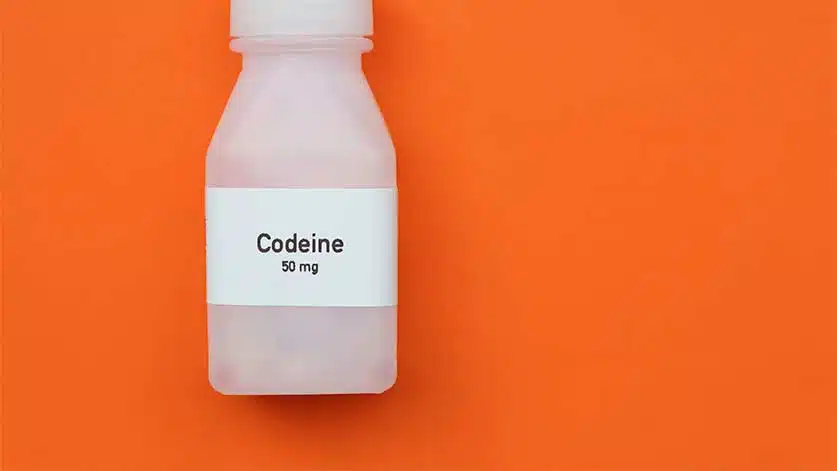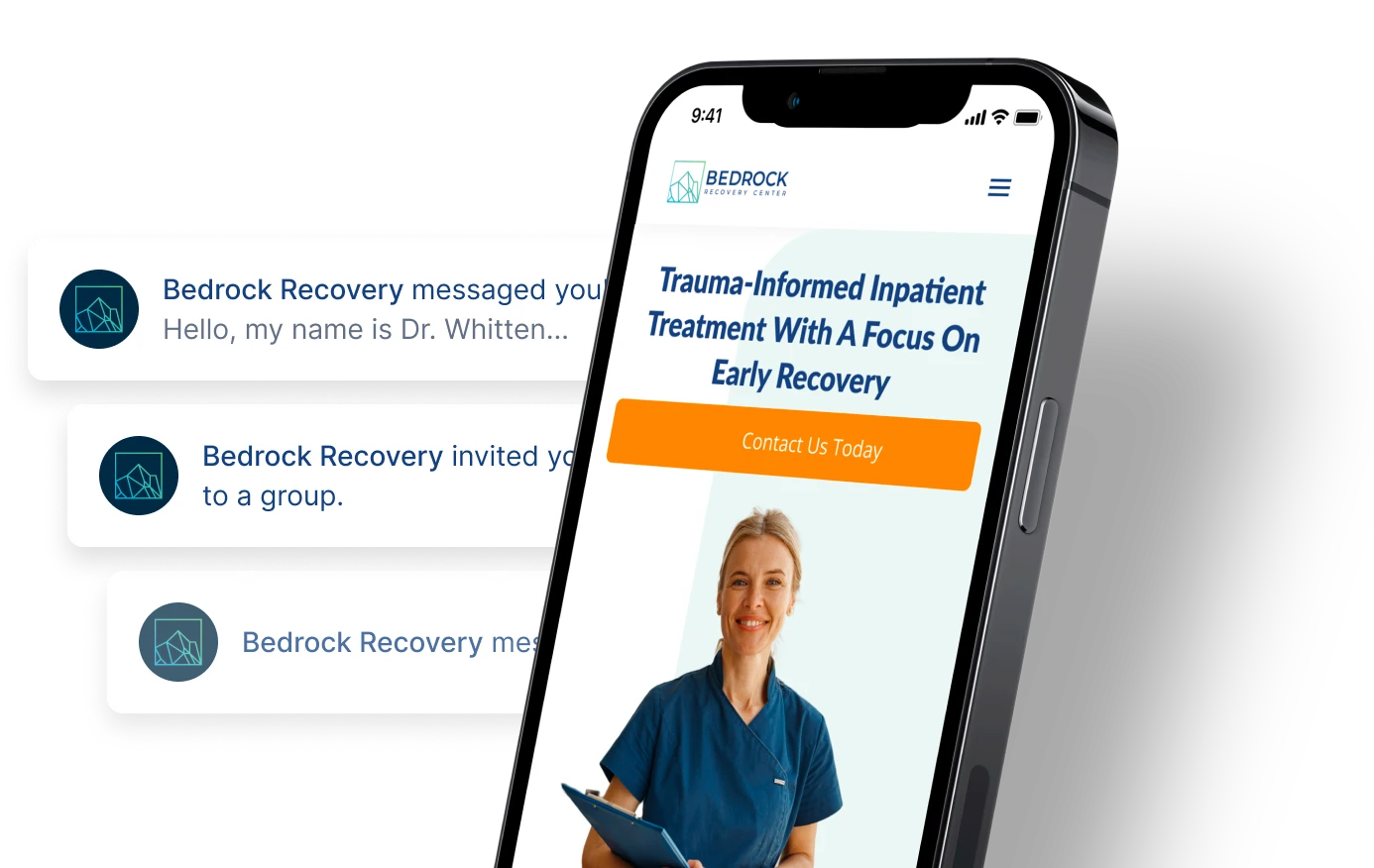
Codeine is a prescription drug that treats mild to moderate pain. It also acts as a cough suppressant, appearing in various cough syrups.
As an opiate (natural opioid), codeine poses a high risk of abuse and addiction. That’s why most doctors only prescribe it for short-term use. If you or someone you love gets addicted to codeine, recovery is possible.
What Is Codeine Abuse?
Along with easing pain and cough, codeine can make you feel relaxed and happy, or “high.”
To increase this effect, some people abuse the drug. Abusing codeine means using it in a manner not prescribed. For example, you might take it more often than prescribed, take higher doses than prescribed, or take it without a prescription.
Lean
Some people abuse codeine cough syrup by using it to make lean.
Lean is a beverage that contains codeine cough syrup, soda, and, in some cases, hard candy. Other names for the drink include purple drank, sizzurp, and Texas tea. The soda and candy mask the unpleasant flavor of the cough syrup, making it easier to drink.
Effects Of Codeine Abuse
People who abuse codeine may develop a number of health problems. First, they face a greater risk of side effects. The most common side effects of codeine include headache, stomach pain, constipation, and trouble urinating.
Rarer, more serious side effects include:
- loss of coordination
- hallucinations (seeing, hearing, or feeling things that aren’t there)
- confusion
- nausea and vomiting
- reduced sexual desire or ability
- vision changes
- fever
- fast heartbeat
- trouble breathing or swallowing
- muscle stiffness or twitching
- itching, rash, or hives
- seizures
Also, if you use too much codeine or mix it with other drugs, you may overdose.
Overdose
A codeine overdose occurs when the drug slows down your central nervous system to a life-threatening degree.
Common symptoms include:
- drowsiness
- dizziness
- pale, clammy, or bluish skin
- bluish fingernails and/or lips
- choking or gurgling noises
- slowed or stopped breathing
- slowed or stopped heart rate
- loss of consciousness
Finally, people who abuse codeine face a high risk of addiction. Addiction is a serious disease that makes you feel unable to control your codeine use.
Signs Of Codeine Addiction
The most common symptoms of codeine addiction are drug cravings, tolerance, and physical dependence.
Tolerance means that over time, your body gets used to the effects of codeine. You will then need increasingly larger or more frequent doses of codeine to feel the desired effects. It greatly increases your risk of codeine overdose.
Physical dependence means your body starts relying on codeine to function normally. If you don’t use it, you may experience codeine withdrawal symptoms.
These symptoms often include:
- irritability
- anxiety
- trouble sleeping
- sweating
- larger pupils
- watery eyes
- runny nose
- loss of appetite
- vomiting
- diarrhea
- stomach or muscle pain
Other signs of codeine addiction may include:
- loss of motivation
- loss of interest in activities once enjoyed
- withdrawal from family members and friends
- trouble concentrating at work or school
- doctor shopping (visiting multiple doctors to get multiple prescriptions of codeine)
- mood swings
- decline in personal hygiene
Codeine Addiction Treatment Options
Like other types of opioid addiction, codeine addiction is treatable. If you or someone you love experiences the symptoms described above, seek help at a drug addiction treatment facility.
You can either choose inpatient care, which means you live at the treatment facility, or outpatient care, which means you live at home and regularly visit the facility.
When you begin treatment, a team of healthcare providers will evaluate your situation and create your personalized treatment plan. Depending on your needs, this plan may include the following treatment services:
Medical Detox
Typically the first phase of treatment, medical detox allows you to safely get codeine out of your system. During detox, doctors help you gradually taper off the drug instead of quitting cold turkey. This strategy can reduce the severity of your withdrawal symptoms.
Therapy
During therapy, a mental health professional teaches you healthy ways to cope with codeine cravings. Some of the most effective coping skills include journaling, spending time in nature, and contacting supportive loved ones.
Your therapist can also help you manage any co-occurring mental health problems that may have contributed to your codeine abuse, such as anxiety, depression, or bipolar disorder.
Support Groups
In a support group, you can connect with other people recovering from opioid addiction. These individuals can give you valuable coping tips and help you feel less alone. Some of them may even become close friends who support you long after treatment ends.
Medication-Assisted Treatment (MAT)
During MAT, doctors prescribe medications to reduce opioid cravings and withdrawal symptoms. These medications may include buprenorphine, methadone, or naltrexone. They can make your recovery much easier.
Wellness Activities
To achieve long-term recovery from addiction, you must take care of yourself. That’s why many treatment programs offer wellness activities such as exercise, mediation, and arts and crafts.
These activities can greatly reduce your risk of relapse, especially when you make them part of your daily life.
Find A Treatment Provider
To learn more about codeine addiction treatment options, please reach out to Bedrock Recovery Center. Our substance abuse treatment programs offer a variety of evidence-based services to help you or your loved one build a healthy, sober life.
- National Library of Medicine: MedlinePlus https://medlineplus.gov/druginfo/meds/a682065.html
- National Library of Medicine: StatPearls https://www.ncbi.nlm.nih.gov/books/NBK448203/
- Substance Abuse And Mental Health Services Administration (SAMHSA) https://www.samhsa.gov/medications-substance-use-disorders
